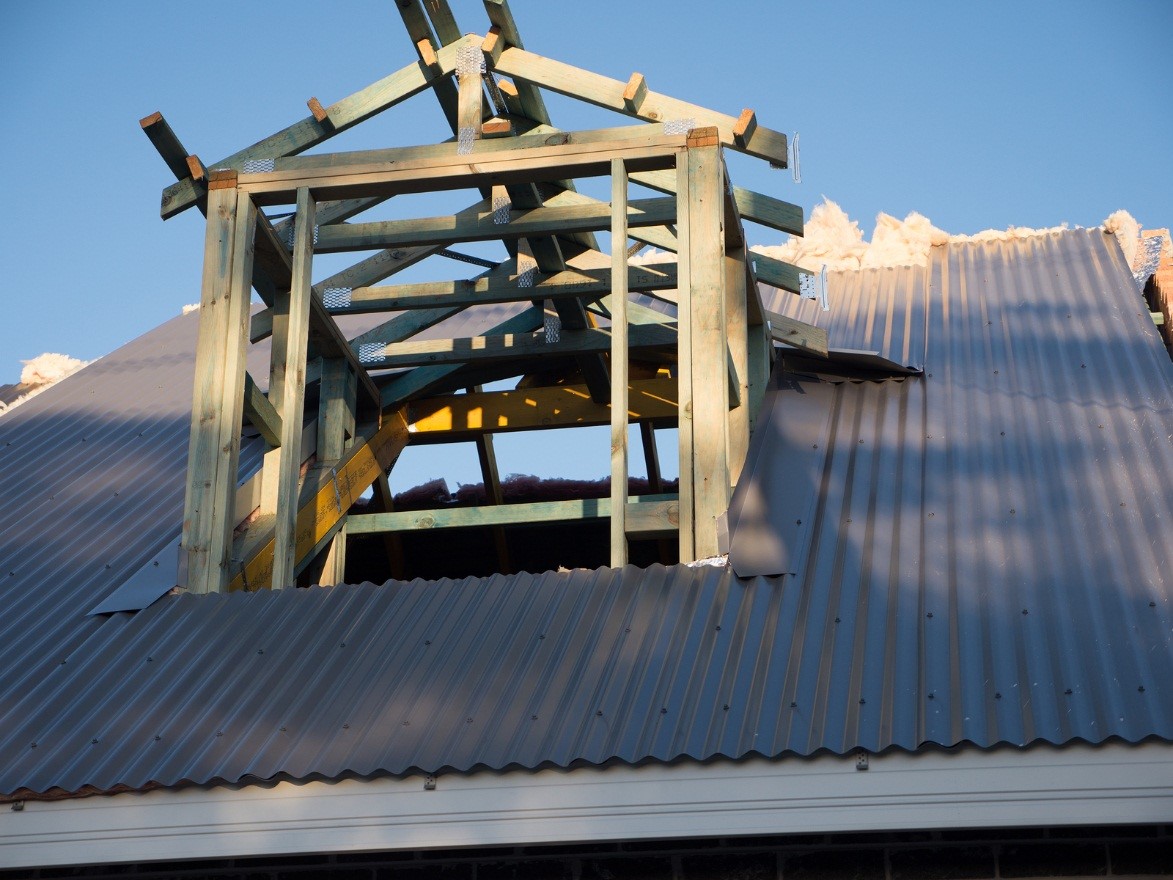Roofing services have grown in demand with the increase in the number of homeowners. With the changing times and weather conditions, new services have had to come into play in order for roofing contractors in areas such as Menlo Park, to keep up with the list of customer demands. An example of a relatively new service that has grown in importance is flashing.

Roof Flashing
Flashing refers to using an additional surface to protect water from pooling into junctions of the roof. For instance, around the chimneys, pipes, skylights and vents. Generally, a roofing contractor will use metal strips – typically aluminum or galvanized steel – to prevent water from seeping through your roof.
Roof flashing is essentially a form of weatherproofing. With the unpredictable weather that the global community faces these days, all residential roofing at Menlo Park, CA, can only stand to gain from roof flashing.
The Benefits of Roof Flashing
Roof flashing has only one true, highly important benefit. It protects water from seeping through the roof and leaking into your homes. In areas that receive a lot of rainfall or are constantly exposed to weather anomalies like hurricanes, roof flashing will prevent the excess water from seeping into the walls – ultimately resulting in structural damage.
How Flashing is Installed
The most important part of this process is ensuring that the right materials are chosen. With options like aluminum, galvanized steel, lead and even copper available, it may get difficult to decide which will be the best fit for your house. Thankfully, you will be able to rely on the expertise of your roofing contractor to see which material works best for the needs of your roof. Most contractors will have their own ready-to-use flashing materials that they fashioned themselves.
In certain scenarios, the roof flashing may have worn down to the point where the roof has extensive structural damage. In such cases, homeowners will have no other option but to install a completely new roof before re-flashing. Needless to say, this will cost extra cash, energy and effort.
To prevent such issues, remember to check your flashing every few months or so – particularly after torrential rainfall. Most importantly, refrain from flashing your roof on your own. To ensure that the structural integrity is sound and the roof flashing is done well, it will be best to call in the experts.
Sources:
All About Roof Flashing, www.diynetwork.com
Flashing, www.bunnings.com.au
